How Do I Grow Brussel Sprouts – One Stop Solution for Learning It!
Plant them in good sun, well-drained soil at least 18 inches apart
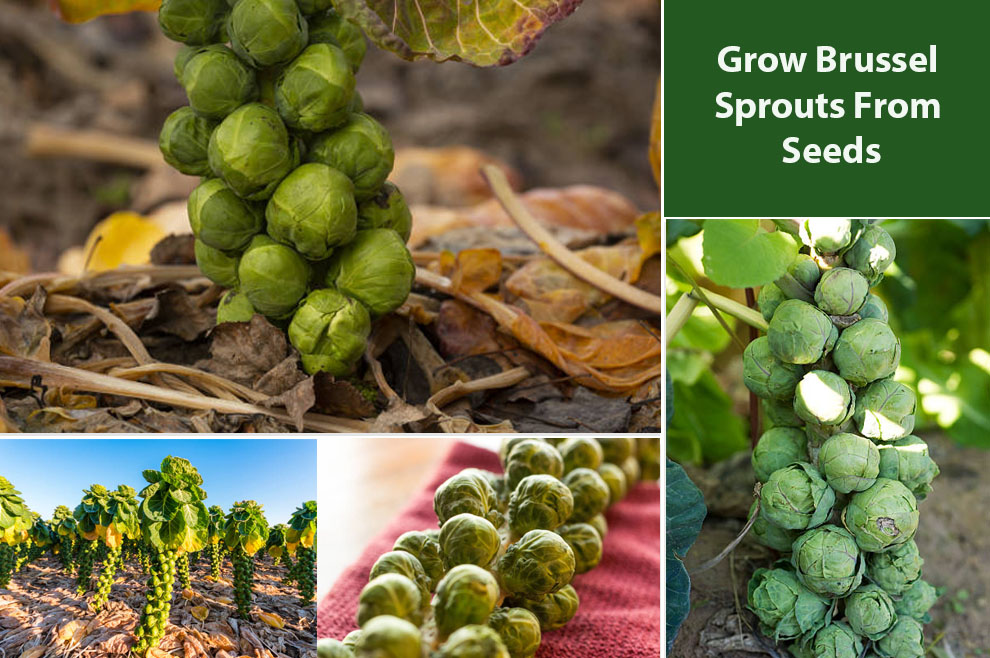
Brussel Sprouts have been around since ancient Rome and are christened after Brussels city in Belgium, where they were cultivated for the first time. They are a traditional festivity vegetable and the stalwart of winter vegetables. Botanically called the Brassica oleracea var. gemmifera, Brussels belongs to the cabbage family and seems like small cabbage heads.
Making a comeback as the ‘it’ winter vegetable, Brussels is a rich source of nutrients and has the best flavor when harvested after being frosted.
People often ponder – ‘how do I grow Brussel Sprouts at home? It is a genuine concern because a vegetable so prevalent in the grocery store is often absent from the home garden. It is because not many have enough information about growing this nutritious vegetable. Also, they are slow-growing and not the easiest to grow.
Harvested in the winter season, Brussels tastes better after some light frosts. They have a long growing season, and this cool-season crop grows best when planted for a winter or a fall harvest.
Hence, if you plant them at the right time, keep them well-watered and cool during the summers, and shield them from pests, Brussels sprouts can be a rewarding vegetable to grow.
Of course, you can find them at a grocery store, but organically growing them at home is worth the time and effort. So, let us address below the drill for planting Brussels at home.
How To Grow Brussel Sprouts From Seed?
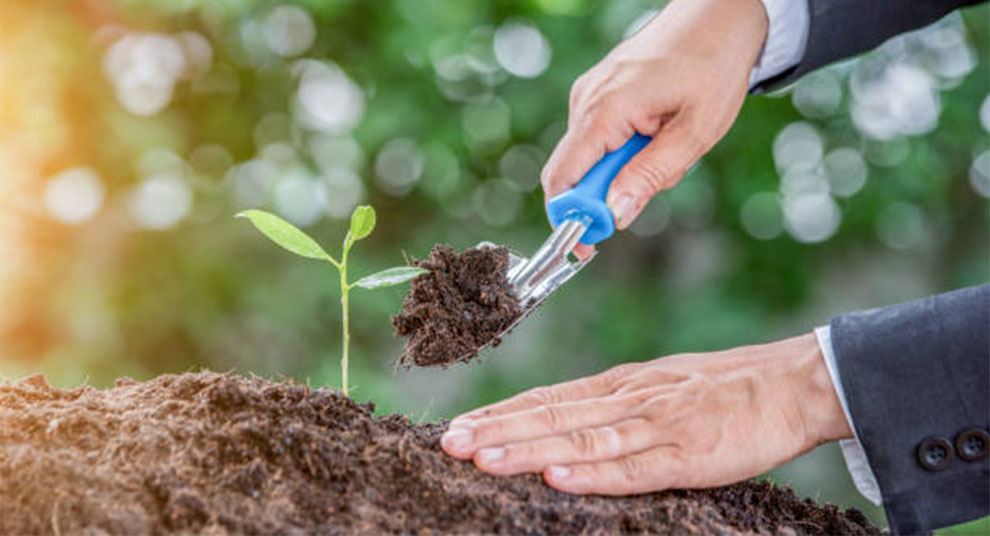
Brussel Sprouts thrive in cool temperatures but sprout from the seeds when the soil temperature is between forty-five and eighty degrees. The vegetable takes time to develop. Hence, it makes sense to plant young plants instead of growing them from the seeds. But how to plant Brussels sprout seeds if you do not want to grow via plantings?
You can start with the seeds indoors, or you can directly sow the seeds in the garden from mid to late summer for a fall harvest. We recommend starting seeds indoors. It shields the plant from pests and summer heat. On the contrary, if you directly sow into the garden, it may take a few years more to mature.
So, you can add at most twenty days to the planting calculation. Hence, you should sow them at least twenty days earlier than you would if planted indoors.
Ideally, we recommend planting the seedlings in the garden six to ten weeks before the first expected frost. Those who live in zones nine through ten must plant the transplants or sow seeds from October through December. However, you can opt for a spring crop because the soil temperature is workable if you reside in colder areas.
How to grow Brussel Sprouts in pots? Brussels loves full sun and moist, rich soil. Please note Brussels sprouts and the other members of the cabbage family are susceptible to different soil-borne diseases. Thus, consider rotating amongst different garden areas every season.
Avoid planting Brussels sprouts in the location where you grew anything from the cabbage family a year earlier. Also, water them after planting and add at least two to four inches of mulch around the base for insulation. It helps keep weeds down by curtailing access to the sun and retaining the moisture levels in the soil.
Related: Growing beets in containers
How Far Apart Do You Plant Brussel Sprouts?
Sow the Brussel Sprouts seeds at least ½-inch deep and four inches apart in raised beds or rows. The seeds take about a week to sprout. After the seedlings have two leaf sets, you can thin them to one to two feet. While planting in the garden, you must space them at least eighteen to twenty-four inches apart.
When Is The Best Time To Plant Them?
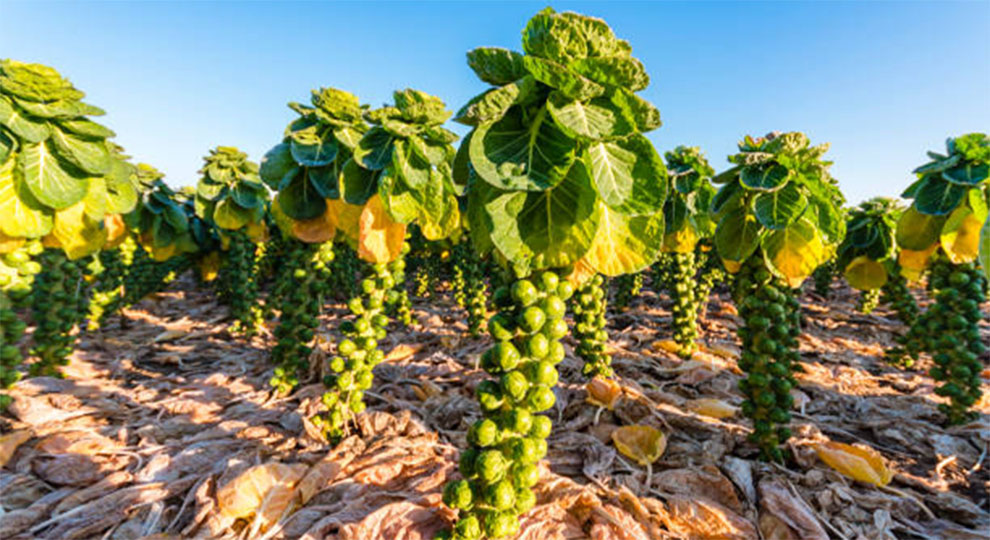
They have a long growing season. Thus, the question hovering in your head must be – how do I grow Brussel Sprouts? We recommend planting them with a winter or a fall harvest in mind. They will thrive when you give them ample time to mature during the cool fall days.
To ensure the optimum planting time, start counting backward from the last year’s first fall frost date, employing the ‘number of days for maturity’ listed on the seed packet. Generally, the best time for planting Brussels is at least four months before the first fall frost date.
However, if you reside in an area with cold below-freezing winters, sow the seeds in early or mid-summer, and you will have the Brussels ready for early or mid-fall winter harvest. But, if you reside in regions with warm or mild winters where the temperature never or rarely goes below freezing, you can sow in mid to late summer, and you will have the harvest ready in mid to late winter.
More winter vegetables and fruit trees to grow listed here for you.
What Is The Ideal Location For Brussels Sprouts?
You must pick a location with good sun and sharp soil drainage. A raised garden bed is recommended because it can withstand temperature fluctuations. Alternatively, you can also opt for pot growing.
Regardless, keep the Brussel Sprouts away from strawberries. They can curtail their growth. You must also avoid placing them near the nightshade family members. They, too, can restrict their growth.
How Much Sun Do Brussel Sprouts Need?
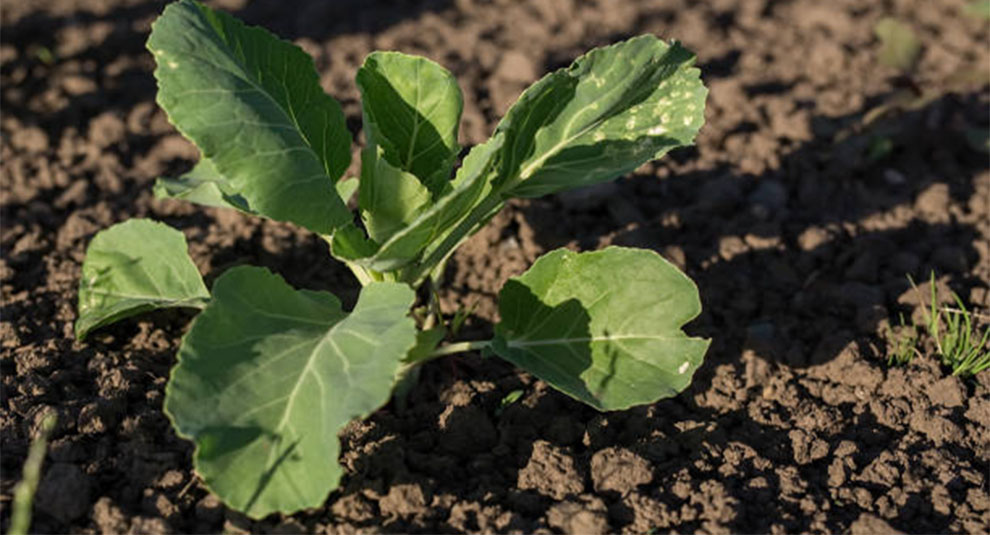
Ideally, you must plant the Brussel Sprouts in a spot that receives full sun for at least six to eight hours daily. If the plant does not get ample light, it might result in leggy, thin, and subpar heads.
What Kind Of Soil Do Brussel Sprouts Like?
The soil where you plant it should be fertile, loamy, moist, well-draining full of organic matter. To amplify fertility, you can take measures in early spring by adding a thin layer of manure and a rich compost layer to the soil. Lastly, the planted soil must be slightly acidic with a pH between 6.0 and 7.0.
How Much Water Do They Like?
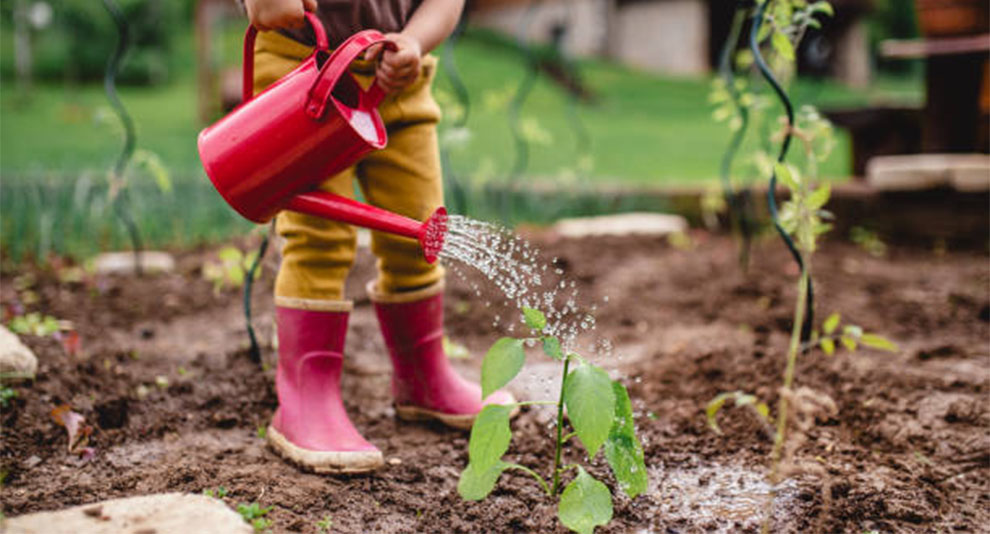
Brussel Sprouts thrive in moist and not soggy soil. Typically 1 to 1.5 inches of water every week will suffice. Inconsistent watering can result in poor sprout development. A mulch layer can help with the moisture and keep the roots cool.
How To Fertilize Brussel Sprouts?
You have learned how to grow Brussel Sprouts in pots and the ground, but at times, you may do it all right, but the Brussel Sprouts still do not thrive. If you want your Brussel Sprouts to yield a successful crop, you should employ the Miracle-Gro® soil and the plant feed together to achieve a nutrition-filled growing environment. You can start feeding a month after the plantation.
One of the best fertilizers you can opt for is the Miracle-Gro® Performance Organic® Edibles Plant Nutrition Granules. It provides continuous nutrition for about six weeks.
Moreover, it feeds the soil to ensure that more nutrients are available for the plant. When using the fertilizer, read the instructions on the label. After fertilizing, water well.
Staking
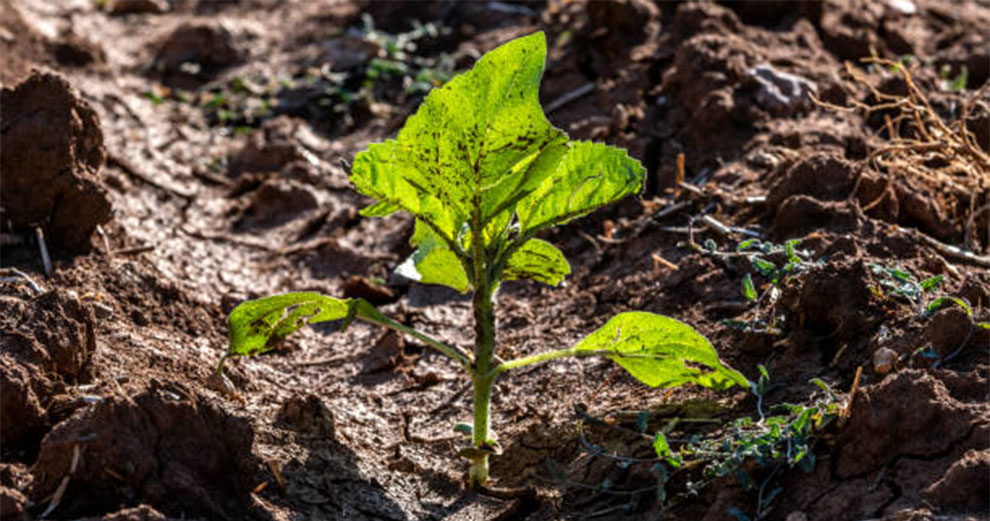
Depending on the soil’s fertility and your chosen variety, Brussel Sprouts grow about four feet tall. However, some gardeners like to stake the plant in late summer to protect them from toppling. Placing a bamboo stick near every plant and typing it to the stake with twine can serve the purpose.
It is imperative in light soils like loam-based soils or sand, wherein toppling over is a concern. Clay soil, too, can help anchor the plant.
Pruning
Most Brussels Sprout varieties do not like pruning. But, you must proactively remove any diseased or damaged portions before they weaken the whole plant. Simultaneously, eliminate the yellowed leaves to ensure that the plant allocates resources toward sprout production.
Harvesting
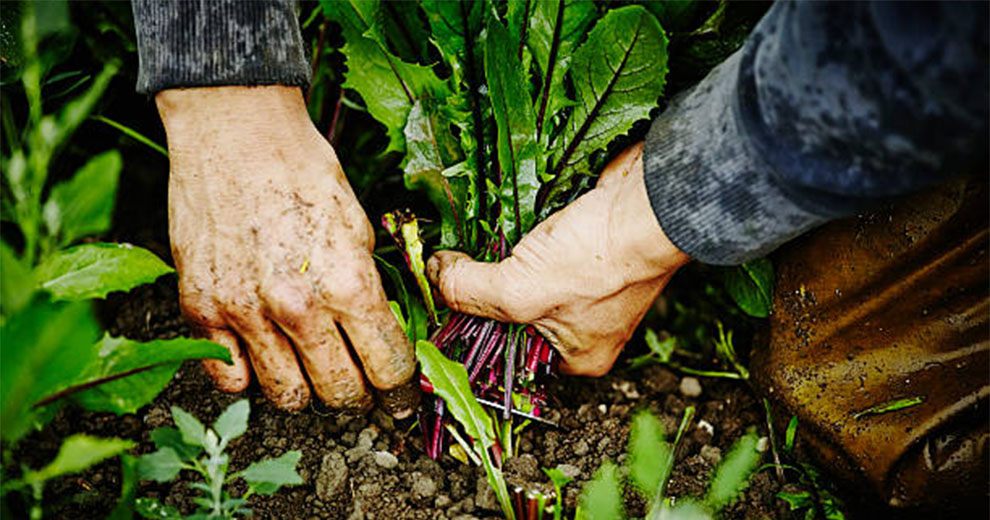
In Brussel Sprouts, the harvested part is the buds that grow between the leaves on the stems. Typically, the plant is ready for harvest six months from planting. Wait for at least one or two frosts to pass before harvesting, as the sprouts are the sweetest once the frost ceases.
For harvesting, snap them off the stem. Cutting the leaves makes the buds more accessible, thus, simplifying the harvesting task.
Propagation
Typically, people grow Brussel Sprouts as annuals. Hence, you may be unable to collect the seeds in the second year for propagation. But you can regrow the Brussel Sprouts from scraps. It helps achieve more from the harvest if you do not eat all the sprouts. It would help if you commenced this in the early summer for outdoor planting.
Here are the steps to follow for propagation:
- Wash the sprouts, and remove any dead leaves.
- Chop the bottom from the sprouts.
- Position the chopped piece, ensuring the stem side is downwards, submerging in the water in a shallow container. Please do not submerge the sprout completely, and place the dish in a warm spot where it receives bright, indirect sunlight.
- Change the water every day, and remove all the dead leaves.
- Assess the roots evolving from the stem after two weeks. Leaves will show on the top. After the root system develops, you can transplant the sprouts.
How Do I Grow Brussel Sprouts? – In Pots or Ground?
You can grow Brussel sprouts in both containers and ground. However, if you grow them in pots they will have a longer harvest season and will also be protected from winters.
How Long Do Brussel Sprouts Take To Grow?
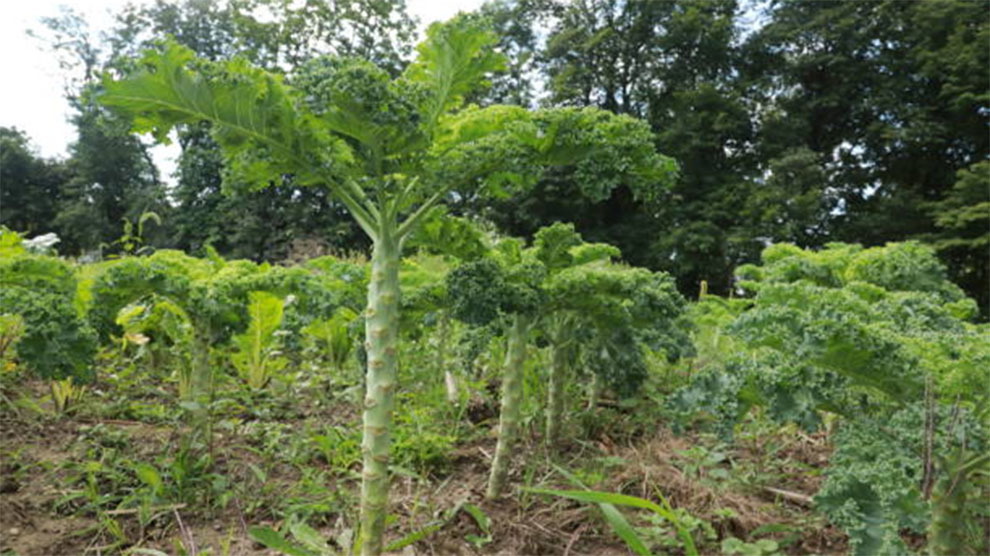
Regardless of the variety planted, almost every Brussel Sprout category is slow-growing. Even if you pick the quickest-growing type, the Brussels sprout will take at least a hundred days to mature. However, if you select the slower-growing varieties, they may take as long as two hundred days to grow.
But fret not. You can use this disparity in the maturity time to your advantage. Thus, we recommend planting the different Brussel sprout varieties with varying maturity dates, giving you a harvest in fall and winter.
Frequently Asked Questions
Ques 1. How tall do brussels sprouts grow?
Ans. Typically, Brussels sprouts are large. They grow between eighteen to thirty-six inches tall and have an eighteen-inch spread. Their large size makes them suitable for a raised bed or in-ground planting.
Ques 2. Which plants do well with Brussel Sprouts?
Ans. Several plants can be problematic in the company of Brussels sprouts. Since fennel is allelopathic, it can be a foe to most vegetables in the garden because it releases compounds in the soil that can inhibit the growth of other plants. Similarly, strawberries can also stunt the Brussels sprouts’ growth. Members of the nightshade family – potatoes and tomatoes can cause stunted growth if planted too close to the Brussel Sprouts.
But, some plants work as excellent companion plants for the Brussels Sprouts. These include marigolds and nasturtiums that help keep cabbage worms at bay. Other good companion plants include sunflowers, spinach, and aromatic herbs. Plants from the onion family can also be a great inclusion.
Ques 3. Do Brussels Sprouts come back after a year?
Ans. Sadly, Brussels Sprouts do not come back every year. They are biennial plants, which implies they only live for a maximum of two years. So, even when the plant can survive for over a year, it will yield seeds and flowers and not edible heads in the second year.
Ques 4. Which diseases and pests affect Brussel Sprouts, and how to protect them?
Ans. The same diseases and pests affect the Brussel Sprouts that infect other plants from the cabbage family. Some such pests include cabbage root maggots, cabbageworm, cabbage loopers, and aphids. To guard your plant against these pests, consider using a row cover.
Beyond these pests, some fungal diseases also infect Brussel Sprouts, such as downy mildew, clubroot, black rot, and white mold. Ensuring adequate air circulation can help keep fungal infections at bay. If any Brussel Sprout plant becomes a disease, you must immediately destroy them.
Conclusion
We hope the tips and tricks on how to grow Brussel Sprouts from seed helps you to plant and harvest Brussel Sprouts effortlessly and enjoy their deliciousness.
